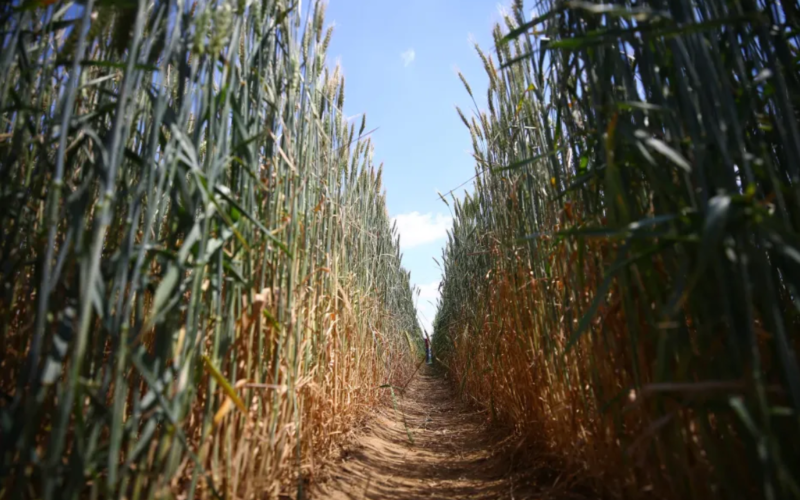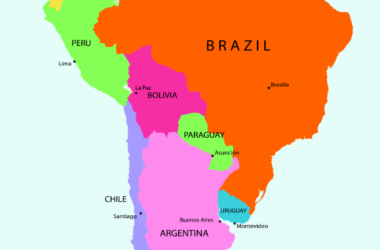The global wheat market, a cornerstone of agriculture and a vital component of the world’s food supply, is poised for an extraordinary and prolonged downturn. This impending streak of consecutive quarterly declines, not witnessed in over 14 years, signals a significant shift in the dynamics of the wheat industry. In this essay, we will delve into the factors contributing to this unprecedented trend, its implications for various stakeholders, and potential strategies for navigating this challenging period.
Wheat, a fundamental staple crop, is facing an extraordinary period of sustained quarterly declines. This trend, not observed since over a decade ago, raises questions about the forces driving this phenomenon and its potential impact on global agriculture and economics. Currently several key factors are driving this prolonged downturn in the wheat market.
Record-breaking harvests in major wheat-producing regions have led to an oversupply of wheat in the global market. This abundance exerts significant downward pressure on prices. Propitious weather patterns in major wheat-producing nations have contributed to bumper crops, further bolstering the already ample supply.Evolving consumer tastes, including increased consumption of alternative grains and plant-based proteins, are influencing the demand for wheat and challenging its dominance in global diets. Trade tensions and export limitations implemented by major wheat-exporting countries have disrupted the conventional flow of wheat in international markets. Fluctuations in exchange rates can impact the competitiveness of wheat exports, thereby influencing both demand and prices.
The extended period of quarterly declines in the wheat market carries significant implications for various stakeholders. Wheat farmers may face considerable challenges as lower prices threaten profit margins. Diversification of crops and the adoption of efficient farming practices become imperative for sustaining profitability. Lower wheat prices may lead to reduced costs for food manufacturers, potentially translating into lower prices for consumers, particularly in products heavily reliant on wheat, such as bread and pasta. The decline in wheat prices may reshape global trade dynamics, potentially leading to shifts in market shares among exporting nations. Market participants, including investors and speculators, will be closely monitoring these trends, adjusting their strategies based on evolving market conditions.
Given this anticipated trend, stakeholders in the wheat industry must be proactive in their approach.Farmers should consider diversifying their crops to mitigate risks associated with over-reliance on wheat. Adoption of cutting-edge agricultural technologies can enhance productivity and efficiency, potentially offsetting the impact of lower prices.Producers, traders, and investors must stay well-informed about global market trends and implement effective risk management strategies.
The anticipated prolonged downturn in the wheat market signifies a pivotal moment for the global agricultural industry. Producers, consumers, and market participants must navigate this changing landscape with foresight and adaptability. By embracing innovation and adopting strategic approaches, stakeholders can weather this period of transformation and emerge resilient in the evolving world of wheat production and trade.








